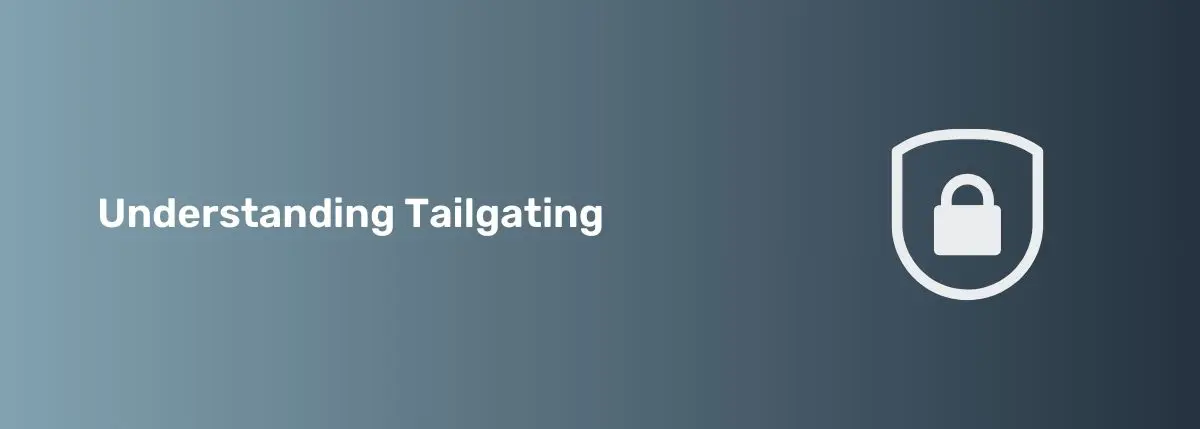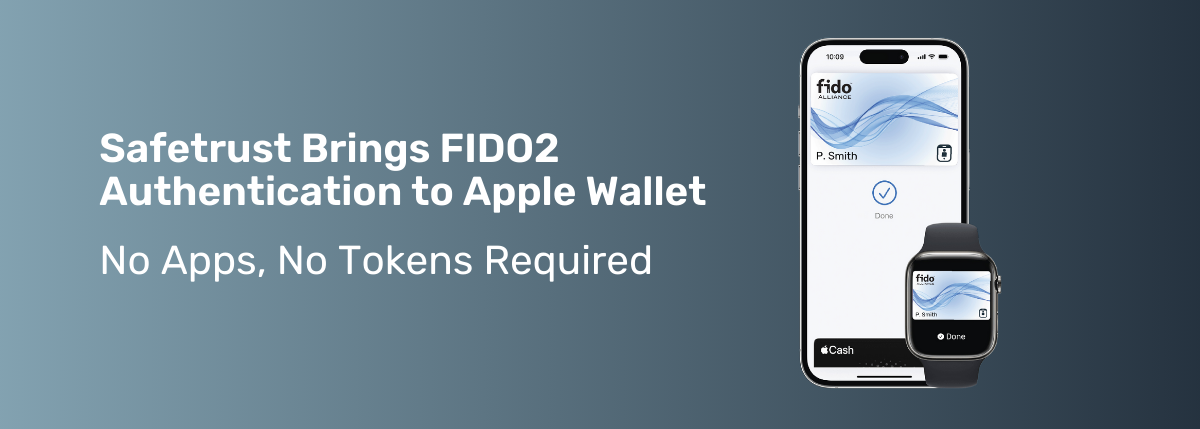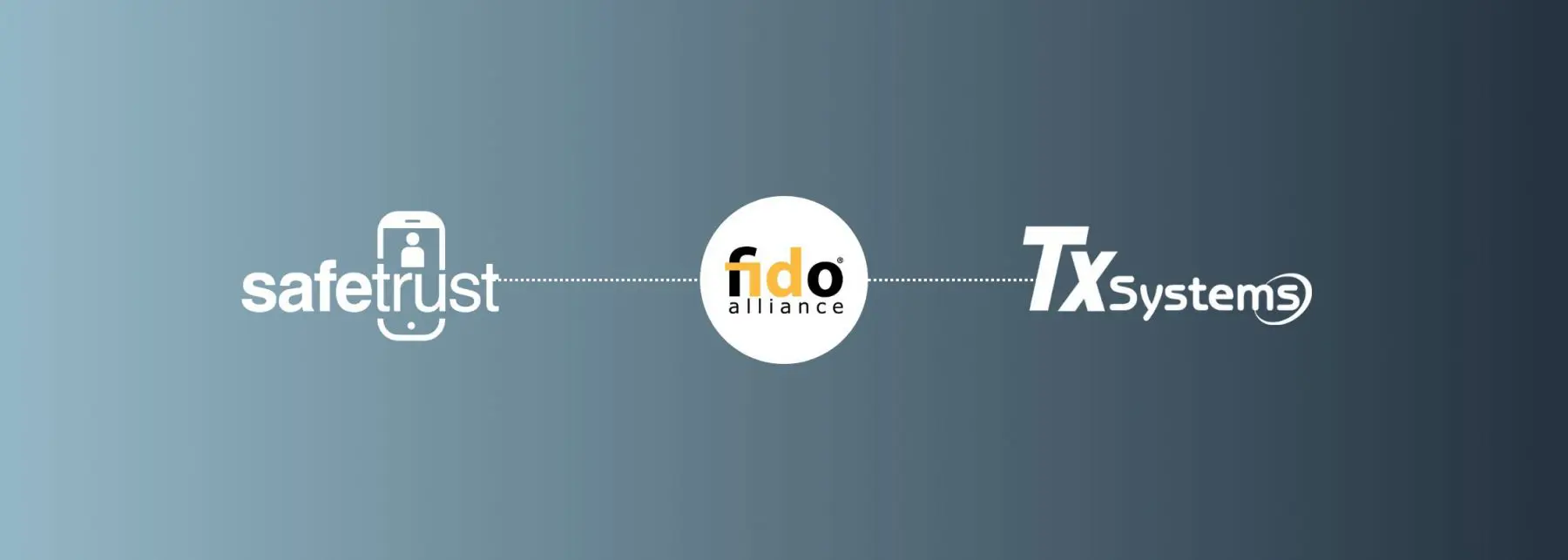A Step-by-Step Guide
As more organizations shift to remote work and digitize their operations, managing digital identities has become a major challenge. In fact, a staggering 84% of organizations have reported experiencing some form of identity-related breach within the past year, highlighting the urgent need for effective digital identity management.
Recent studies have also shown that the number of identities organizations need to manage has increased significantly, with the rise of cloud applications and third-party software providers. This puts a greater responsibility on organizations to protect their employees’ digital identities, as failure to do so can result in operational disruption, negative publicity, and costly regulatory fines. Not to mention the major security risks for an organization’s assets, both online and offline.
In this blog, we’ll delve into some practical steps to safeguard your organization’s valuable assets through effective identity management.
1) Define your identity management goals
Before you can start implementing identity management practices, you need to define your goals. What are you hoping to achieve by implementing these practices? Do you want to prevent data breaches, protect physical assets, or both? Improve the user experience? Once you’ve defined your goals, you can start working towards achieving them.
2) Conduct a risk assessment
Before you can implement identity management practices, you need to understand your organization’s current security posture. Conducting a risk assessment can help you identify potential vulnerabilities and prioritize your security efforts both online and offline.
3) Implement strong authentication protocols
One of the most important aspects of identity management is ensuring that only authorized individuals have access to sensitive information, whether it be online or physical access. Implementing strong authentication protocols, such as multi-factor authentication can help you achieve this goal.
4) Educate your employees
Your employees are your first line of defense against cyber attacks and physical breaches. It’s important to educate them on best practices for password management, phishing prevention, tailgating mitigation, and other security measures both online and offline.
5) Implement access controls
Access controls can help you ensure that only authorized individuals have access to sensitive information. By implementing role-based access controls, you can ensure that employees only have access to the resources they need to do their jobs.
6) Monitor user activity
Monitoring user activity can help you identify potential security threats before they become serious issues. By tracking user activity, you can detect unusual behaviour and take steps to prevent a breach.
7) Stay up-to-date on industry standards
As technology continues to evolve, so do industry standards for digital identity management. It’s important to stay up-to-date on the latest standards and best practices to ensure that your organization’s security posture remains strong.
It’s clear that digital identity management is no longer an option but a necessity for organizations, especially with the current shift towards remote work and digitization. With the significant increase in the number of identities that organizations need to manage, coupled with the rise of sophisticated security attacks, it’s become even more critical to implement effective identity management practices. By following the practical steps outlined in this blog, organizations can mitigate the risks of identity-related breaches and protect their valuable assets, both online and offline.
Don’t wait until it’s too late, take control of your organization’s security and prioritize digital identity management today!
–––––
Want an easy way to keep up with the latest physical security news and trends?
Look out for our monthly TechTalk web series on our events page. And follow us on your favorite social channels: LinkedIn, Twitter, and Facebook.





